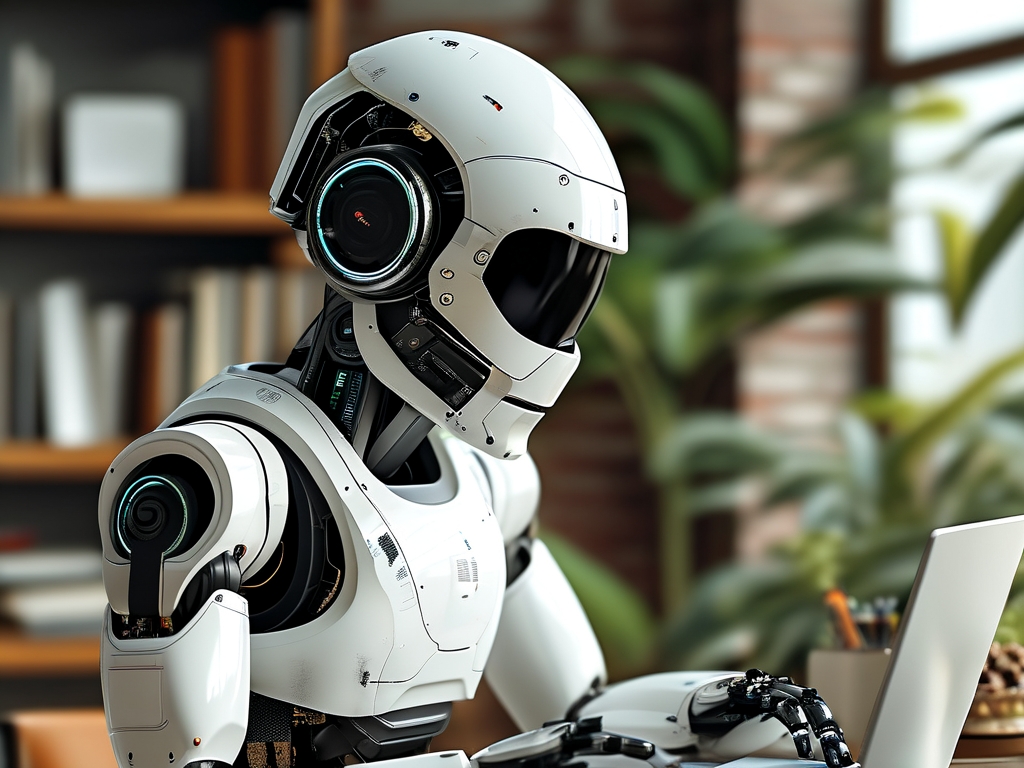The rapid advancement of workplace robotics is reshaping global employment landscapes, creating both opportunities and challenges for professionals across industries. As automation, artificial intelligence (AI), and robotic systems become integral to modern workflows, understanding career directions in this evolving field has never been more critical. This article explores emerging job trends, skill requirements, and long-term strategies for thriving in a robot-augmented workforce.
The Rise of Workplace Robotics
Workplace robotics refers to technologies designed to automate tasks traditionally performed by humans, ranging from manufacturing assembly lines to AI-driven customer service platforms. According to a 2023 McKinsey report, over 30% of tasks in 60% of occupations could be automated by 2030. Industries like logistics, healthcare, and agriculture are already witnessing transformative applications, such as autonomous delivery drones, surgical robots, and AI-powered crop management systems.
While this shift raises concerns about job displacement, it simultaneously fuels demand for new roles. The World Economic Forum predicts that robotics and automation will create 12 million new jobs by 2025, offsetting 75% of displaced positions. This duality underscores the importance of aligning career paths with technological trends.
Emerging Employment Sectors
-
Robotics Engineering and Maintenance As companies adopt robotic systems, demand surges for engineers specializing in mechanical design, software programming, and hardware troubleshooting. Roles like automation technicians and robotics integration specialists are critical for ensuring seamless human-machine collaboration. For example, Amazon's fulfillment centers now employ thousands of technicians to maintain their fleet of 200,000+ warehouse robots.
-
AI and Machine Learning Development The brains behind workplace robots rely on AI algorithms. Careers in machine learning, neural network optimization, and ethical AI governance are booming. Startups like Boston Dynamics and OpenAI aggressively recruit data scientists to refine robotic decision-making capabilities.
-
Human-Robot Interaction Design Ensuring intuitive communication between humans and robots requires expertise in user experience (UX) design and cognitive psychology. Professionals in this field develop interfaces for industrial cobots (collaborative robots) or train healthcare robots to interpret patient emotions.

-
Cybersecurity for Automated Systems Connected robots are vulnerable to cyberattacks. Cybersecurity experts with knowledge of industrial IoT and robotic operating systems (ROS) are essential to safeguard critical infrastructure.
-
Ethics and Policy Regulation The ethical implications of workplace robotics-from privacy concerns to algorithmic bias-have sparked demand for legal advisors and policy analysts. Governments worldwide are establishing frameworks to govern AI deployment, creating roles at organizations like the EU's Artificial Intelligence Office.
Skill Development for the Robotic Era
To remain competitive, professionals must cultivate hybrid skill sets:
- Technical Proficiency: Programming languages (Python, ROS), mechatronics, and cloud computing.
- Adaptability: Continuous learning to keep pace with evolving tools like generative AI and quantum computing.
- Soft Skills: Creativity, emotional intelligence, and leadership-areas where humans still outperform machines.
Educational institutions and corporations are responding with specialized programs. MIT's Professional Certificate in Robotics and Siemens' automation apprenticeships exemplify this trend. Online platforms like Coursera also offer microcredentials in AI ethics and robotic process automation (RPA).
Challenges and Solutions
Despite optimistic projections, workforce transitions remain uneven. Blue-collar workers in manufacturing face higher displacement risks, while tech-centric roles require expensive retraining. To address this, governments and businesses must collaborate on initiatives such as:
- Reskilling subsidies for low-income workers.
- Public-private partnerships to align education with industry needs.
- Universal basic income trials to cushion economic shocks.
Countries like South Korea and Germany exemplify successful models. South Korea's "Robot Tax Credit" incentivizes companies to retain human workers, while Germany's dual education system combines vocational training with robotics apprenticeships.
The Road Ahead
The integration of workplace robotics is inevitable, but its impact on employment depends on proactive adaptation. By embracing lifelong learning and targeting growth sectors, individuals can turn technological disruption into a career accelerator. As economist Klaus Schwab notes, "The Fourth Industrial Revolution need not be a zero-sum game between humans and machines-it can be a partnership."

In , the age of workplace robotics offers a mosaic of opportunities for those willing to evolve. From coding collaborative robots to drafting AI policies, the jobs of tomorrow lie at the intersection of innovation and human ingenuity. The key to success? Staying curious, agile, and relentlessly forward-thinking.









